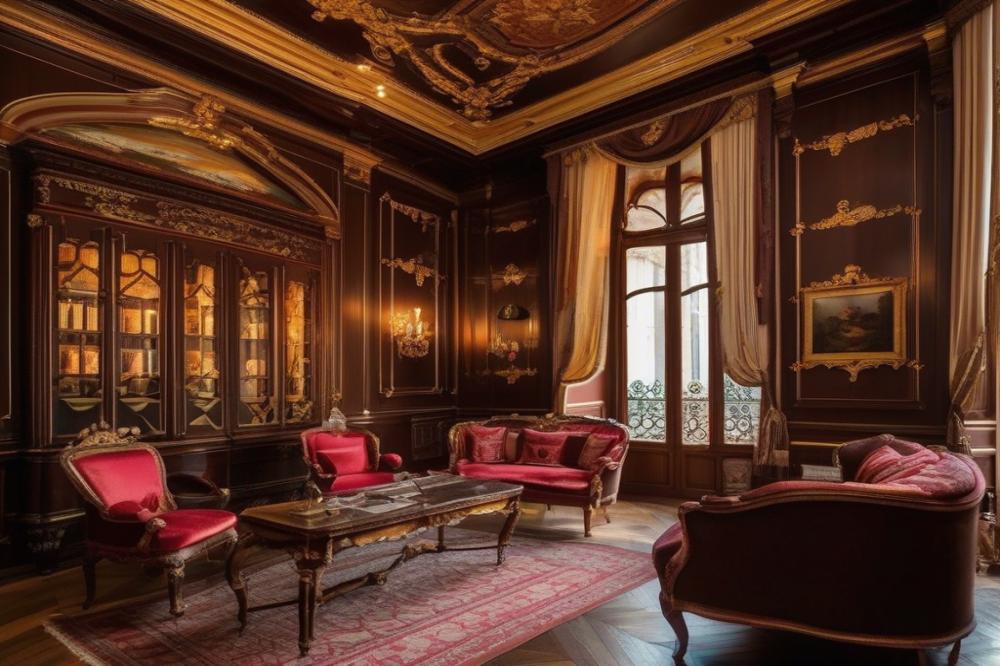Introduction
chocolate houses emerged as vibrant hubs within European social culture during the eighteenth century. Initially, these establishments offered a variety of chocolate drinks, alluring patrons seeking new culinary experiences. They quickly became more than just places to enjoy sweets; they served as social gathering spots that fostered an environment of conversation and community.
In many ways, chocolate houses parallel the coffee houses of that era. Both provided a space where individuals could connect, share ideas, and engage in lively discussions. Patrons would often spend hours mingling with friends or debating the latest topics of the day. Such interactions contributed significantly to the dynamic fabric of society at large.
Fostering social connections was not their only role. Chocolate houses had an undeniable economic impact, helping to stimulate local economies. They encouraged consumer behavior that included sampling new drinks and pastries, thus influencing culinary culture. As the popularity of these establishments grew, so did their contribution to the cultural exchange across various regions in Europe.
Artistic influence also thrived in these unique spaces. Artists and philosophers frequented chocolate houses, where they shared their thoughts and created connections. The energy of these venues often spurred creative projects and intellectual discussions, making them vital venues in the cultural landscape. As a result, the leisure activities enjoyed there went beyond mere relaxation; they enriched European society as a whole.
historical significance of Chocolate Houses
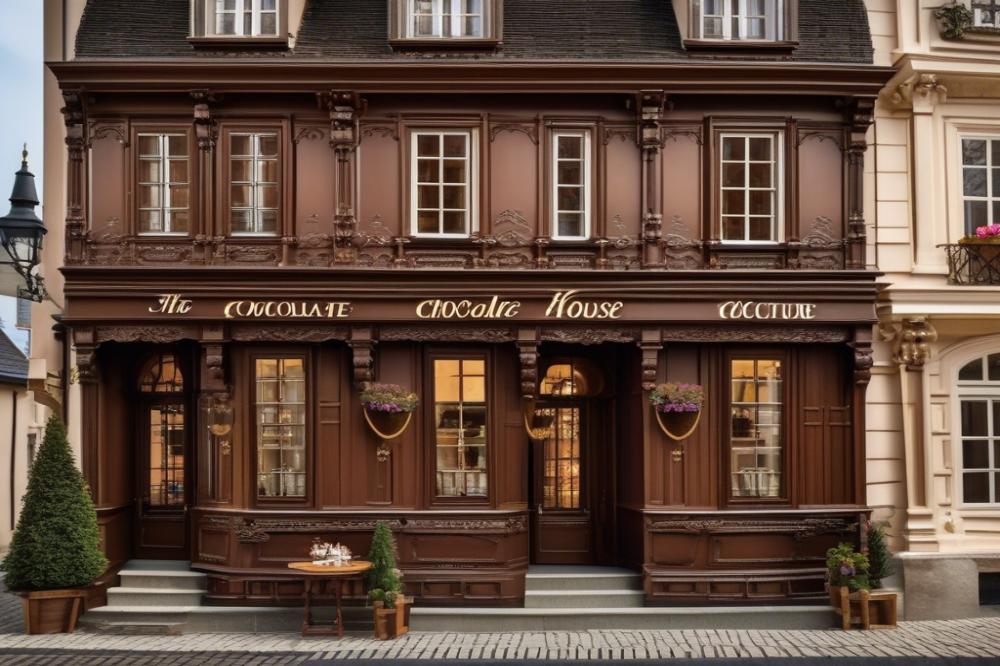
Chocolate first arrived in Europe in the early sixteenth century after being brought over from the Americas. Initially, it was viewed as a luxury item, prized for its exotic taste and believed to have health benefits. Only the wealthy could afford this delightful delicacy. The allure of chocolate quickly captured the attention of the upper class, setting the stage for its broader popularity.
As the eighteenth century progressed, venues began to emerge where people could enjoy chocolate socially. These establishments evolved from exclusive venues into destinations for everyone. coffee houses were already popular gathering spots, and chocolate venues added a new dimension to social life. People from different backgrounds started mingling, sharing ideas, and enjoying leisure activities together.
The emergence of these places had a profound impact on culinary culture. New recipes and chocolate drinks were developed, reflecting the tastes of diverse communities. This led to unique variations of chocolate beverages, enhancing consumer behavior around sweets and drinks. From thick, spiced drinks to decadent desserts, creativity flourished in response to demand.
Moreover, the economic impact was significant. The growth of chocolate as a commodity stimulated trade. Farmers in the Americas benefited from increased demand, while European entrepreneurs capitalized on this new market. Artistic influences also began to shape the presentation of chocolate, making it not only a treat but a visual delight.
Through these cultural exchanges, chocolate houses became more than just places to drink. They transformed into social hubs where discussions flourished, and friendships developed. The result was a vibrant atmosphere that changed how people interacted, creating bonds over shared experiences centered around this luxurious food. The legacy of chocolate houses endures, illustrating their vital role in shaping European social culture.
Chocolate Houses and Coffee Houses
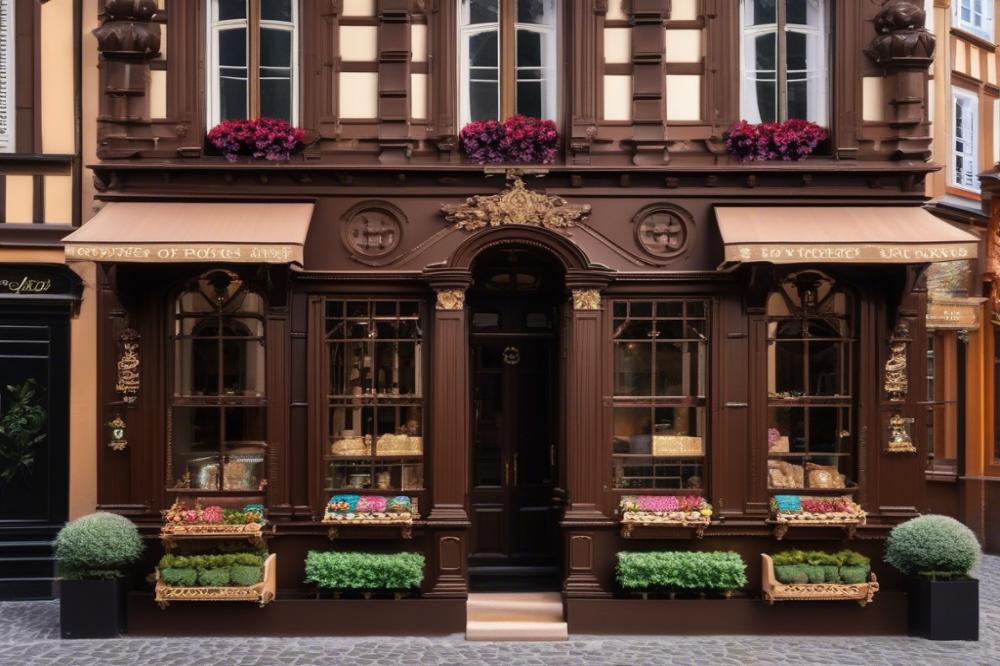
During the eighteenth century, coffee houses gained immense popularity across Europe. These establishments offered a space for people to enjoy a cup while engaging in debate or merely socializing. They served as hubs for conversation and shared ideas. Attraction to these venues came from a desire to connect with others in a lively setting.
Comparison Between Chocolate Houses and Coffee Houses
On the surface, chocolate houses and coffee houses seemed similar. Both catered to the tastes of their day, inviting patrons to enjoy beverages that were a delight for the senses. Yet, chocolate houses had a distinct charm. They often featured sweeter, richer beverages that appealed to those with a taste for luxury. Coffee houses, by contrast, were a bit simpler in their offerings, focusing on strong coffee brews.
The ambiance in coffee houses was dynamic and energetic, attracting intellectuals and tradesmen alike. Discussions could range from politics to art, reflecting the era’s vibrant culture. Chocolate houses, however, catered more to a leisured crowd. Elegance defined these establishments, as guests often indulged in sumptuous decorations and fine confections. This difference marked their roles in urban social life, helping to position each as unique centers of cultural exchange.
Role of Both in Urban Social Life During the Eighteenth Century
Social gatherings at these venues were pivotal during this time. They fostered connections among various classes. Coffee houses often brought together the common man and the elite, sparking discussions that influenced society. Such interactions played a key role in shaping public opinion and creating a more engaged citizenry.
Chocolate houses, meanwhile, often drew the upper classes. These locations became fashionable hotspots for the wealthy. Patrons indulged in both luxurious drinks and lighter leisure activities. The elegant atmosphere allowed for a more refined exchange of ideas, though often among similar social circles.
Influence on Consumer Behavior and Preferences Among Different Social Classes
The spread of coffee houses sparked new consumer behaviors. People began to appreciate the social aspect of drinking coffee, which encouraged them to frequent such establishments more. The economic impact was significant, as these venues drew in patrons who spent money on drinks and snacks. There was a marked shift in culinary culture, as coffee became a staple in daily life.
In contrast, chocolate houses influenced preferences in different ways. They offered a more exclusive experience, which appealed to the elite and enhanced their social status. Choices made within these walls were often about luxury and indulgence. Artists and thinkers were also inspired by these settings, leading to an artistic influence that permeated society.
Overall, both types of establishments contributed to the social fabric of their time. They provided spaces that allowed for interaction and dialogue. Each played a distinct role in shaping the urban experience, influencing consumer habits, and fostering relationships across the social spectrum.
Social Gathering and Cultural Exchange
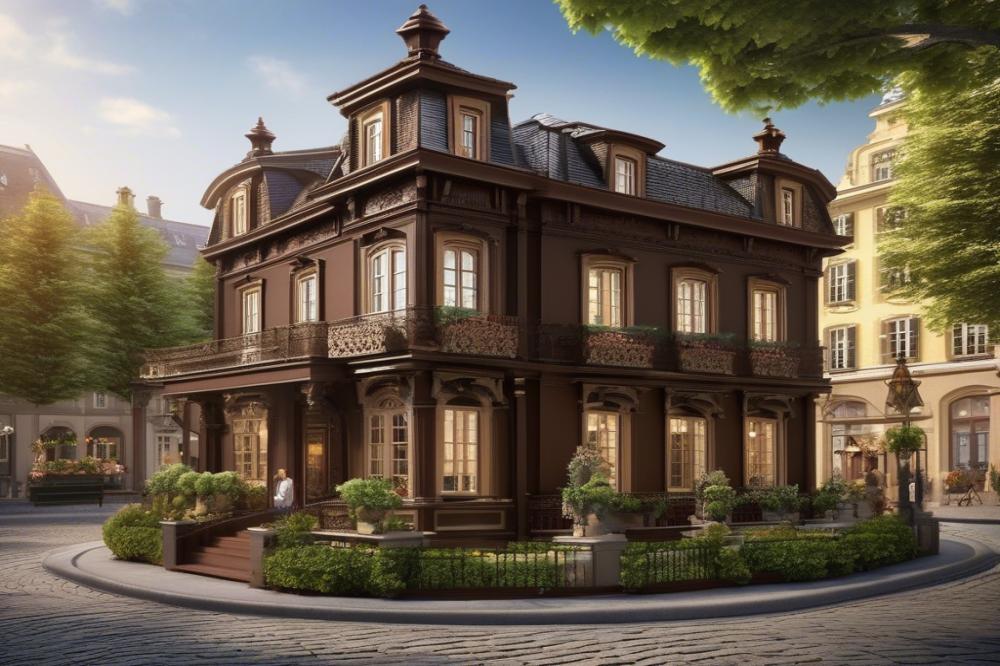
Chocolate houses played a pivotal role in social interactions during the eighteenth century. These venues became essential spaces where people met to enjoy delightful treats while engaging in lively discussions. Patrons from various backgrounds often gathered, fostering an environment rich in diversity. Each visitor brought fresh ideas, contributing to a vibrant milieu of cultural exchange.
Influence from these gatherings reached far beyond mere conversation. Coffee houses were notable predecessors in this trend, but chocolate houses added a new flavor to leisure activities. Visitors indulged in culinary culture while forming connections that crossed social and economic barriers. Conversations sparked creativity and encouraged artistic influence among local talents.
With a blend of delectables and camaraderie, these locations shaped consumer behavior in fascinating ways. Customers didn’t just buy chocolate; they exchanged thoughts about art, literature, and society. This dynamic atmosphere fueled inspiration and provided opportunities for artists seeking patronage. Thus, artistic expression flourished within these walls.
Sparks of innovation often ignited within the lively exchanges of ideas. People shared their thoughts on various topics, driving both intellectual and cultural growth. The impact on the local economy was substantial. Increased foot traffic supported not just the chocolate houses, but also nearby shops and artisans.
As communities gathered, chocolate houses became more than venues; they turned into community hubs. These spaces facilitated ongoing dialogues that transcended individual experiences, uniting people under shared interests. Creative minds thrived amidst laughter and debates, contributing to the rich cultural tapestry of the time.
Economic Impact of Chocolate Houses
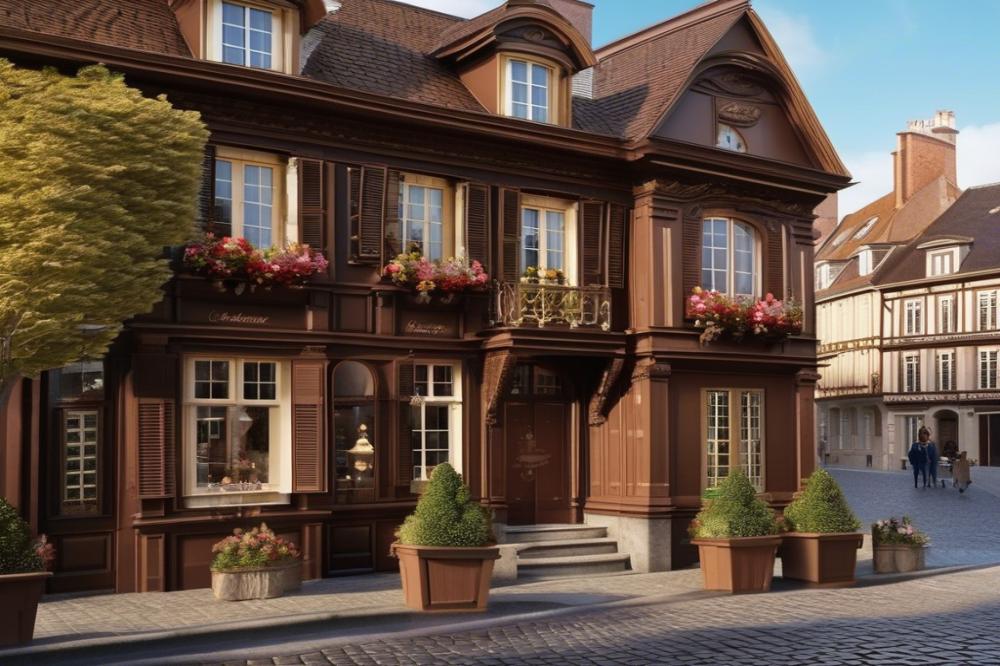
Chocolate transformed into a significant market commodity during the eighteenth century. This rise affected trade routes and global economies. As more people developed a taste for chocolate, demand surged. Importing cacao became vital for many European nations. Countries like Spain, France, and England benefited immensely from this new craze.
In every city where these establishments flourished, they contributed to local economies. Their presence helped revitalize neighborhoods and created spaces for social gathering. People flocked to enjoy hot chocolate or decadent treats, which, in turn, brought more foot traffic to nearby shops. This bustling activity was key in supporting small businesses.
Job creation flourished alongside these chocolate houses. Many artisans emerged, crafting exquisite chocolates and confections. This culinary culture encouraged creativity and skill development among local craftsmen and women. Baristas, pastry chefs, and shopkeepers found opportunities to thrive. The economic impact extended beyond chocolate as it influenced related leisure activities and trade.
Additionally, chocolate houses played a pivotal role in consumer behavior. They became centers of activity similar to the popular coffee houses of the time. New tastes and preferences emerged through cultural exchange among patrons. Patrons would engage in discussions about art, politics, and society while savoring their sweet treats.
Artistic influence became obvious as well. Many paintings and literary works reference these charming venues, underlining their importance in social life. These spaces were crucial not just for enjoying chocolate, but also for fostering community and creativity. Overall, the economic contributions of these establishments reached far beyond just selling chocolate.
Leisure Activities and Social Dynamics
In the eighteenth century, chocolate houses emerged as vibrant centers for leisure activities. People from various social classes would gather at these establishments to enjoy conversations, discuss current events, and share ideas. The lively atmosphere attracted individuals looking for a break from their daily routines. Patrons frequently engaged in games, played cards, or simply savored the rich taste of chocolate. This environment provided a platform for social interaction that was both refreshing and essential.
Role in Developing Social Etiquette and Societal Norms
These venues were crucial in shaping social etiquette. The interactions that took place inside led to the development of societal norms. Guests learned how to behave among different groups and respected one another’s social standing. As visitors shared ideas, they exchanged views on etiquette and manners. Polite conversation became a valued skill. In fact, chocolate houses mirrored the changes in culture during this era. They allowed people to adapt to new social expectations and fostered a sense of belonging.
Integration of Chocolate Houses into Daily Life and Festivities
Over time, these establishments became ingrained in daily life. Many people visited regularly, making them a staple of social routine. Chocolate houses often transformed into lively venues during festive seasons. Special events drew larger crowds, during which people celebrated together. Culinary culture evolved, as new flavors and recipes emerged to please patrons. They were not just places to satisfy cravings; they also acted as hubs for cultural exchange. The economic impact of chocolate houses cannot be overlooked. Businesses thrived, and consumer behavior began shifting with the growing popularity of chocolate.
Artistic influence found its place here as well. Local artists and musicians often performed at these gatherings, enriching the experience. A place for creativity blossomed alongside conversation, leading to a dynamic social scene that thrived on interaction. Chocolate houses became more than just leisurely spots. They were essential to the fabric of society, shaping lifestyles in vibrant ways.
Final Thoughts on the Social Impact of Chocolate Houses
Chocolate houses played a multifaceted role in European social culture. They were more than just places to enjoy sweet treats. Patrons gathered in these establishments to share stories, ideas, and build relationships. This communal aspect fostered connections that crossed social boundaries, creating a unique atmosphere where diverse people could interact.
The enduring legacy of these venues can still be seen in today’s modern social spaces. Coffee houses are now popular, offering a similar sense of community and engagement. They serve as places where friends meet, work happens, and conversations unfold over a comforting beverage. Just as chocolate houses once did, today’s coffee shops encourage socialization and the sharing of ideas.
Reflecting on the impact of these historic establishments reveals much about consumer behavior. People used to frequent these locations for more than just chocolate; they sought camaraderie and comfort. This behavior shaped how communities engaged with one another in a meaningful way, paving the way for future social venues. The historical significance of chocolate houses cannot be overstated. They helped to create a culture that valued connection, conversation, and community.

